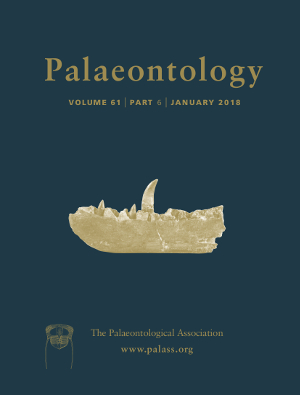Reg. Charity No. 1168330

Pliosaurid marine reptiles played important roles in marine food chains from the Middle Jurassic to the middle Cretaceous, frequently as apex predators. The evolution of pliosaurids during the later parts of the Early Cretaceous has recently been illuminated by discoveries from Russia (Hauterivian) and Colombia (Barremian). However, knowledge of pliosaurids representing the Jurassic–Cretaceous transition (late Tithonian – Valanginian), is still largely incomplete, especially during the earliest Cretaceous. As such, the effect on pliosaurids of hypothesized faunal turnover during the Jurassic–Cretaceous boundary interval is poorly understood. We report pliosaurid teeth from the upper Volgian (Tithonian, Upper Jurassic) of the Kheta river basin (Eastern Siberia, Russia), to the Berriasian and Valanginian (Lower Cretaceous) of the Volga region (European Russia). These assemblages have yielded a series of distinct tooth morphotypes, including the first reports of conical‐toothed pliosaurids from the latest Jurassic and earliest Cretaceous. This challenges the hypothesis that only one lineage of pliosaurids crossed the Jurassic–Cretaceous boundary. It appears that conical‐toothed pliosaurids co‐existed with their trihedral‐toothed relatives for at least 25 million years during the latest Jurassic and earliest Cretaceous. In fact, our quantitative analyses indicate that pliosaurids reached their maximal dental disparity during this interval, showing little evidence of turnover associated with the Jurassic–Cretaceous transition. Instead, disparity decreased later in the Early Cretaceous, with the disappearance of trihedral‐toothed forms in the Barremian.